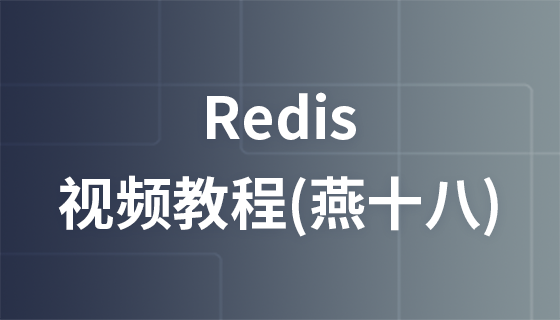redis在golang开发中的应用:如何处理数据库事务
引言:
在Golang开发中,Redis作为一种高性能缓存和数据存储数据库,被广泛应用于各种场景,特别是在处理数据库事务方面。本文将介绍Redis在Golang开发中如何处理数据库事务,并提供相关的代码示例。
一、什么是事务
事务是指一系列数据库操作(读取或写入),这些操作要么全部成功执行,要么全部失败回滚,保证数据的一致性和完整性。在关系型数据库中,事务由BEGIN、COMMIT和ROLLBACK三个指令来控制。然而,Redis是一种非关系型数据库,不支持传统的ACID事务,但通过特定的操作序列和命令可以实现类似的功能。
二、Redis事务操作
Redis使用MULTI、EXEC、DISCARD和WATCH指令来实现事务操作。
三、Golang中的Redis事务
在Golang中,使用Redis事务时,需要引入相应的驱动库。这里我们使用"go-redis/redis"库来实现事务操作。首先,我们需要初始化Redis客户端连接,然后通过客户端的Pipeline方法开启一个事务,通过调用相应的命令方法将操作添加到事务中,最后通过调用Pipeline的Exec方法提交事务。
立即学习“go语言免费学习笔记(深入)”;
以下是一个使用Golang和Redis事务的示例代码:
package main
import (
"fmt"
"github.com/go-redis/redis"
)
func main() {
// 初始化Redis 客户端连接
client := redis.NewClient(&redis.Options{
Addr: "localhost:6379",
Password: "",
DB: 0,
})
// 开启一个事务
pipeline := client.TxPipeline()
// 添加事务操作
pipeline.Set("name", "John")
pipeline.Incr("counter")
// 提交事务
_, err := pipeline.Exec()
if err != nil {
fmt.Println("事务提交失败:", err)
} else {
// 获取事务结果
name, _ := client.Get("name").Result()
counter, _ := client.Get("counter").Int64()
fmt.Println("name:", name)
fmt.Println("counter:", counter)
}
}在上述示例中,我们首先初始化了Redis客户端连接,并通过TxPipeline方法开启了一个事务。然后,我们通过调用事务对象的Set和Incr方法来添加具体的事务操作。最后,通过调用事务对象的Exec方法提交事务。
如果事务提交成功,我们可以通过客户端对象来查询事务处理的结果。
结论:
通过Redis事务的使用,我们可以在Golang开发中保证数据操作的原子性和一致性,提升了数据处理的效率和可靠性。在实际应用中,可以根据具体需求使用Redis的事务操作来处理各种数据库操作。
以上就是Redis在Golang开发中处理数据库事务的方法和相关代码示例,希望对读者有所帮助。
以上就是Redis在Golang开发中的应用:如何处理数据库事务的详细内容,更多请关注php中文网其它相关文章!

每个人都需要一台速度更快、更稳定的 PC。随着时间的推移,垃圾文件、旧注册表数据和不必要的后台进程会占用资源并降低性能。幸运的是,许多工具可以让 Windows 保持平稳运行。




Copyright 2014-2025 https://www.php.cn/ All Rights Reserved | php.cn | 湘ICP备2023035733号